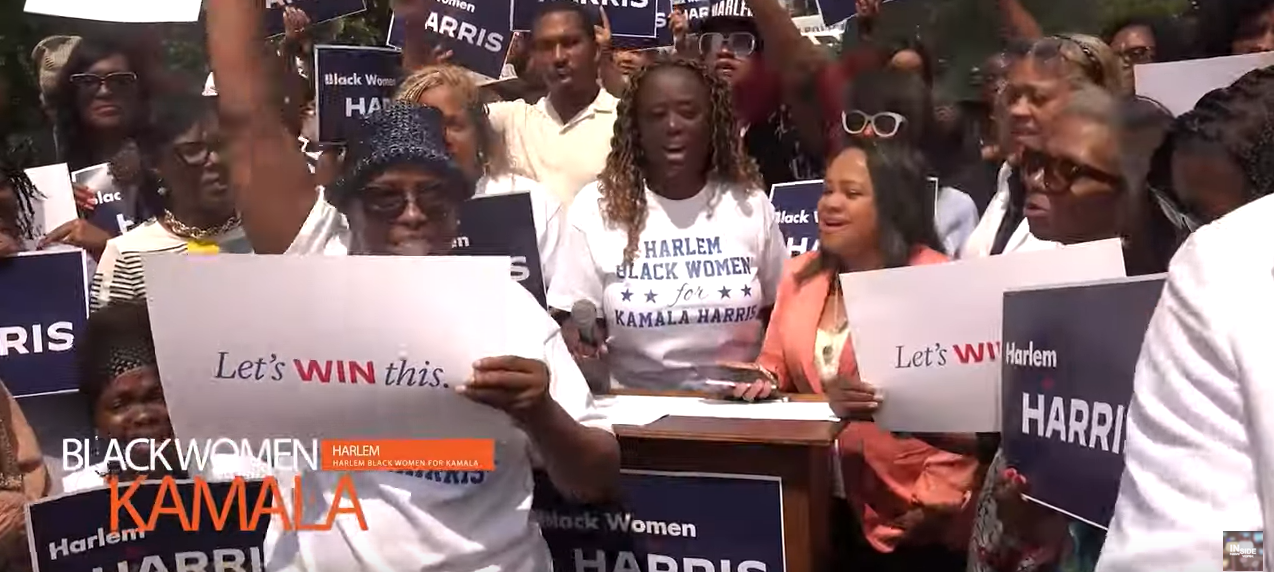Newly unveiled statue of Mbuya Nehanda.
Zimbabwe marked the 58th anniversary of the Organization of African Unity (OAU), now the African Union (AU) with a bold and unapologetic statement to celebrate the life of Nehanda Charwe Nyakasikana, commonly known as Mbuya (Grandma) Nehanda, a powerful spirit medium and heroine of the First Chimurenga war against British colonial trespassers in the 1890s.
Forty one years on, after the country attained its independence from Britain in 1980, Zimbabwe President Emmerson Mnangagwa unveiled the statue of our 19th century anti-colonialist and national heroine. Mnangagwa vowed to press Britain to return the skull of Mbuya Nehanda. After fighting the British for many years and dealing them several defeats she was captured and executed by hanging on April 27, 1898. She was also decapitated and in a barbaric display her head was shipped to England. Yet the British referred to Africans as “savage.”
Nehanda, the legendary spiritual leader refused to convert to Christianity. She is famed for being the guiding spirit to the African struggle against colonialism in two major wars, the First Chimurenga of the 1890s and the Second Chimurenga war of the 1970s that led to the defeat of Ian Smith’s U.K. and U.S.-backed Apartheid regime and the birth of Zimbabwe.
Mbuya Nehanda Charwe was defiant even as the hangman led her to the scaffold. “Mapfupa angu achamuka,” she declared meaning “my bones will rise” to defeat the British. Stories of her resistance efforts became legendary, and she was an inspiration to the liberation war fighters led by Robert Mugabe and Joshua Nkomo in the 1960s and 1970s.
Now 123 years since her death, Nehanda is immortalized in a bronze statue of about 10 feet at the intersection of Samora Machel Avenue and Julius Nyerere Way in Harare as part of the nation’s concerted efforts to retell the African story. Other memorial sites will be unveiled in future as Zimbabwe moves to remember inspirational African heroes who shaped and directed the liberation struggle against early colonial settlers.
“The unveiling of the statue of Mbuya Nehanda Nyakasikana is the manifestation of the bold commitment to reconstruct our country’s rich past and history,” President Mnangagwa said. “It equally stands as a symbol of unity, identity and an inspiration to present and future generations on the importance of unflinching patriotism, loyalty, fortitude and determination to defend and work for our beloved country, against any odds.”
“The statue is thus a bold and unapologetic statement of the fact that we are a people who know who we are and where we come from. It is a declaration that we stand proud of our identity. As such, the warrior spirit of Mbuya Nehanda and other iconic heroes and heroines should motivate us to fully utilize our God-given resources to build the Zimbabwe we all want, through hard honest work,” Mnangagwa added.
Historian Ruramisai Charumbira wrote that Nehanda is “a symbol of African resistance against European settler colonialism as well as an example of the power of memory over history.”
“Indeed, the story of the warrior woman Nehanda is a compelling narrative popular with anyone seeking a memorable figure in telling the story of African resistance to European hegemony in the mid- to late-nineteenth century,” he added.
A resource and library book on Mbuya Nehanda, “The Ultimate Sacrifice,” was also unveiled at the event. The book was written and compiled by eminent University of Zimbabwe scholars and veteran Pan-African scribe Baffour Ankomah, former editor of New African.
Statue befits great liberation fighter Nehanda.
But who was Mbuya Nehanda really and what did she stand for? She was a warrior woman who openly resisted British colonialism in the 1890s when Europeans destroyed Zimbabwe after several wars. Oral traditions tell us that Mbuya Nehanda was a lifelong resident of Mazowe, north of Harare. She was initiated as a Mhondoro, or royal spirit, at a young age.
When Nehanda came of age, like most young women of her generation, she married, had children, and lived the life of a revered Mhondoro of the Shona speaking people. She was adored as a spirit medium who stood firm to rescue the oppressed Africans from colonial rule when the British arrived. After she was captured the British knew she would continue to inspire resistance and executed her. Yet, even in death, she became a bigger inspiration for liberation fighters.
Other heroes of the First Chimurenga who were also executed by the British imperialists included Sekuru Kaguvi, Chingaira Makoni, Chinengundu Mashayamombe, Mapondera, Mashonganyika, and Chitekedza Chiwashira.
Nehanda’s skull and those of her fellow executed compatriots are believed to be stored at the National History Museum in South Kensington, London. Zimbabwe is pressing for the return of the remains of these heroes who shaped and influenced the early African liberation struggle against colonialism.
Sifelani Tsiko is a veteran journalist based in Harare, Zimbabwe. [email protected]








